
Movement—whether of people, light, air, or structure—is central to responsive, resilient, and high-performing design. This academy explores how architects and engineers can anticipate and accommodate physical, environmental, and systemic movement to create buildings that are adaptable, efficient, and future-ready.
Courses in this collection address everything from structural flexibility in tall buildings to climate-responsive design strategies like sunshades and AI-optimized data centers. Learn how to align design aesthetics with performance, support occupant flow and comfort, and engage with broader themes of sustainability and climate justice. Whether you’re shaping interiors or entire campuses, these courses will help you master the art and science of movement in the built environment.
Academy Courses

8 AIA LU/HSW

AI-Driven Transformation in Data Center Design and Construction
Adapting Infrastructure, Energy, and Innovation for the Next Generation of Facilities
Credits: AIA/HSW, ICC, IIBEC, PDH
Type: Webinar On-Demand
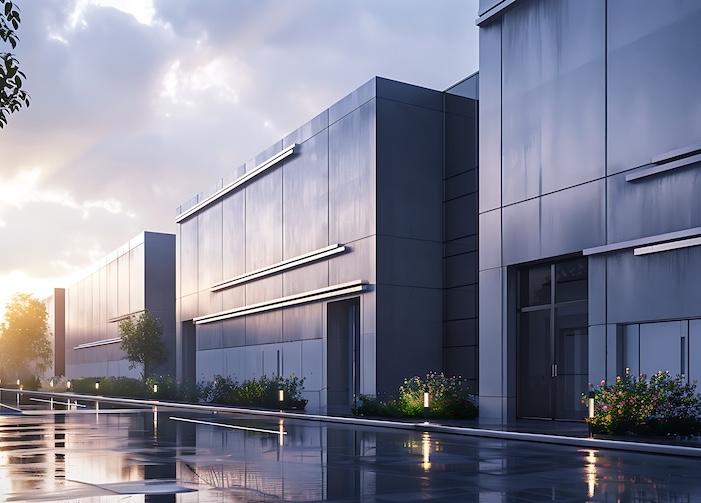
Building Data Centers For Reliability And Efficiency
Optimizing Airflow, Durability, and Lifespan Through Coordinated Design
Credits: AIA/HSW, GBCI, ICC, IDCEC/HSW, IIBEC
Type: Multimedia
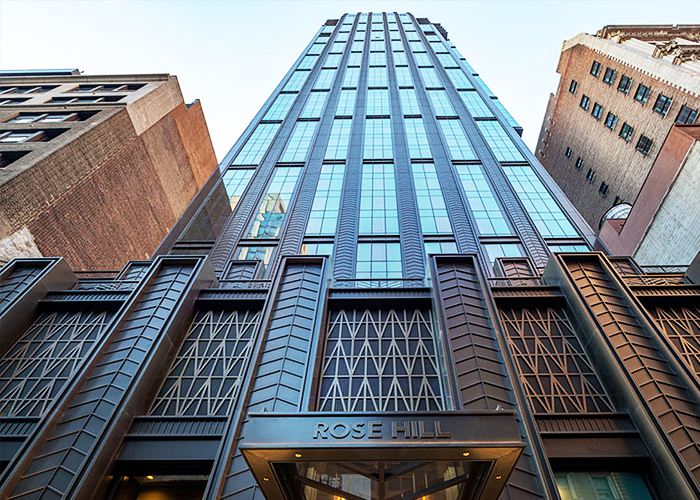
Matching Design Aesthetic with Performance
Louvers as a decorative element to achieve thermal performance
Credits: AIA/HSW, ICC, IDCEC/HSW, IIBEC
Type: Article

Designing and Integrating Modern Data Centers
Understanding technology, cooling strategies, and architectural solutions to support the rise of AI and cloud infrastructure
Credits: AIA/HSW, GBCI, ICC, IDCEC/HSW, IIBEC
Type: Article
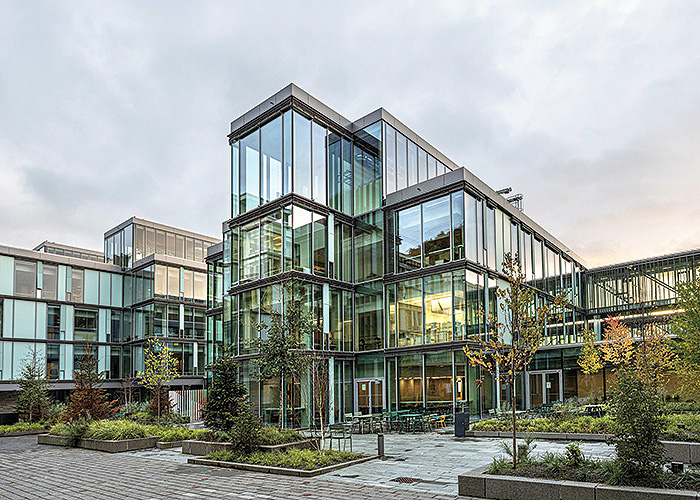
Data and Health-Care Design
New-Age Medicine: Architects are marshaling new tools like AI and augmented reality to design the next generation of health-care environments
Credits: AIA/HSW, ICC
Type: Article

Accommodating Movement in Building Design
Mastering the Physical Movement of Earth’s Elements Around the Built Environment
Credits: AIA/HSW, GBCI, ICC
Type: Multimedia
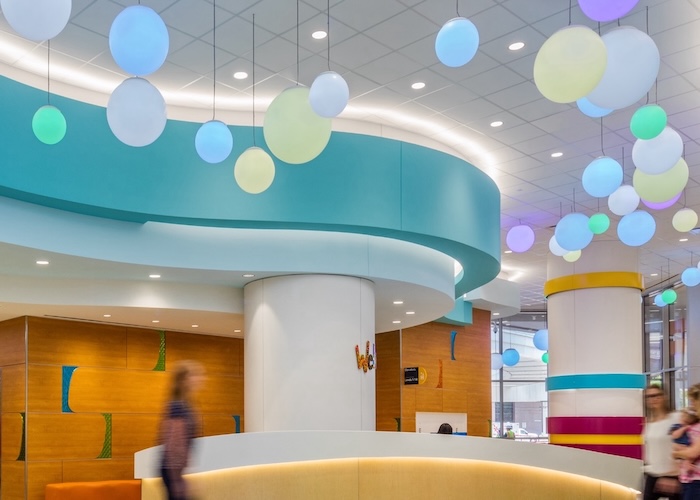
Mastering the Physical Movement of People – Interior Solutions
The performance and appearance of interior spaces within commercial buildings have a measurable impact on occupants
Credits: AIA/HSW, ICC
Type: Multimedia
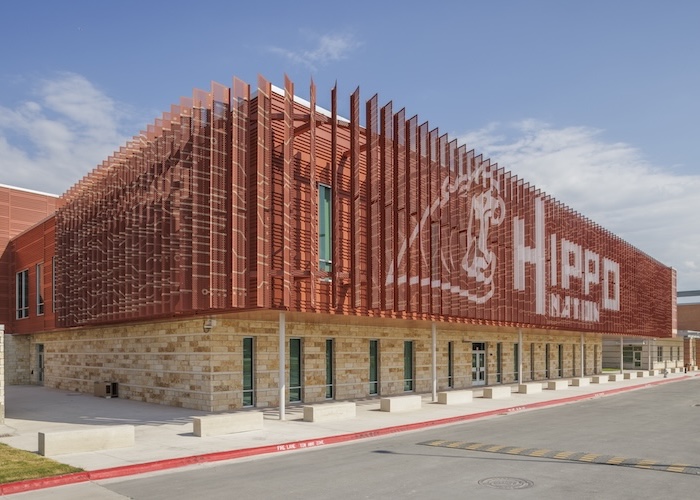
Exterior Sunshades - Mastering the Physical Movement of Sun and Light
Harnessing natural light to benefit commercial spaces
Credits: AIA/HSW, GBCI, ICC, IIBEC
Type: Multimedia








